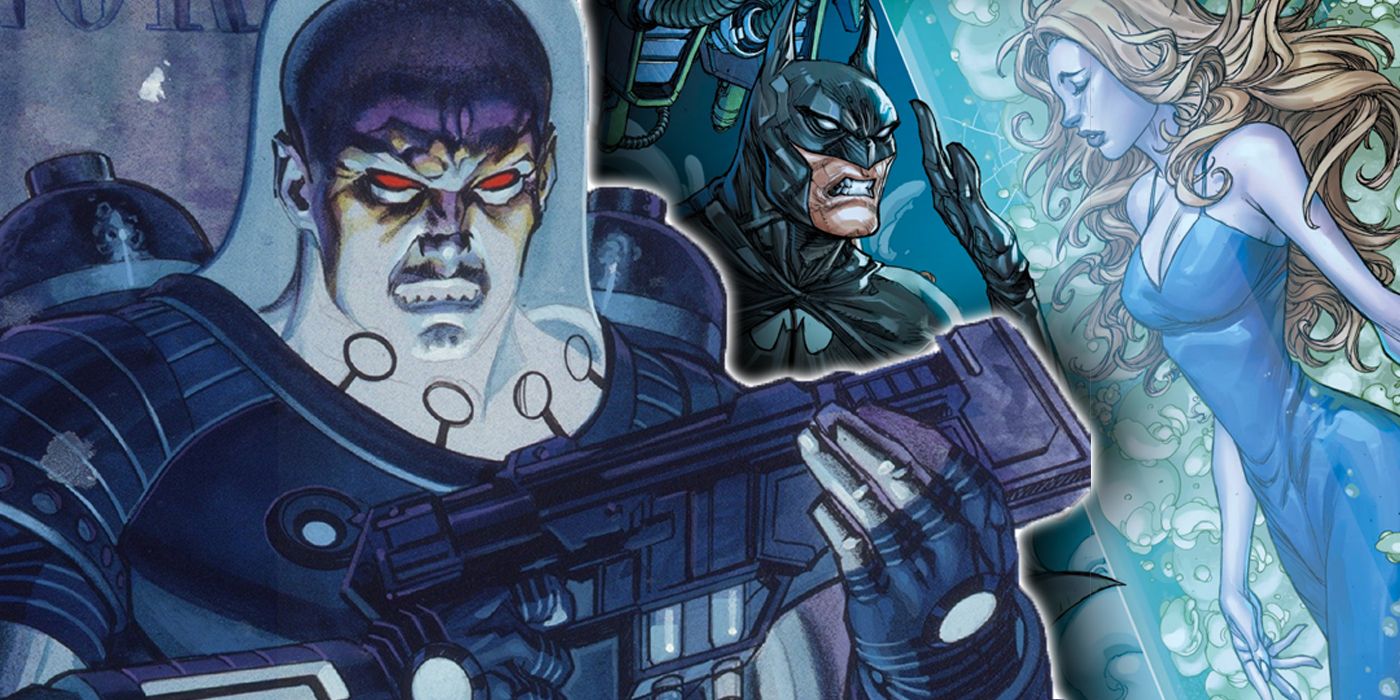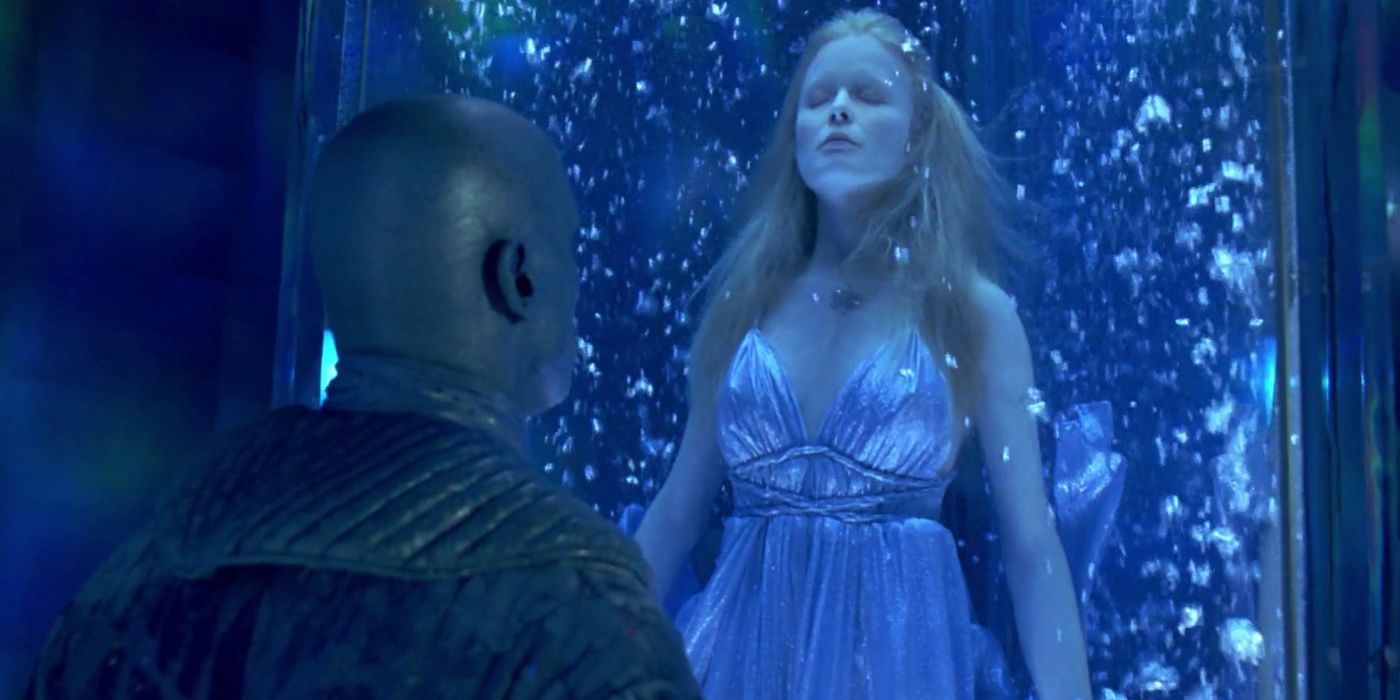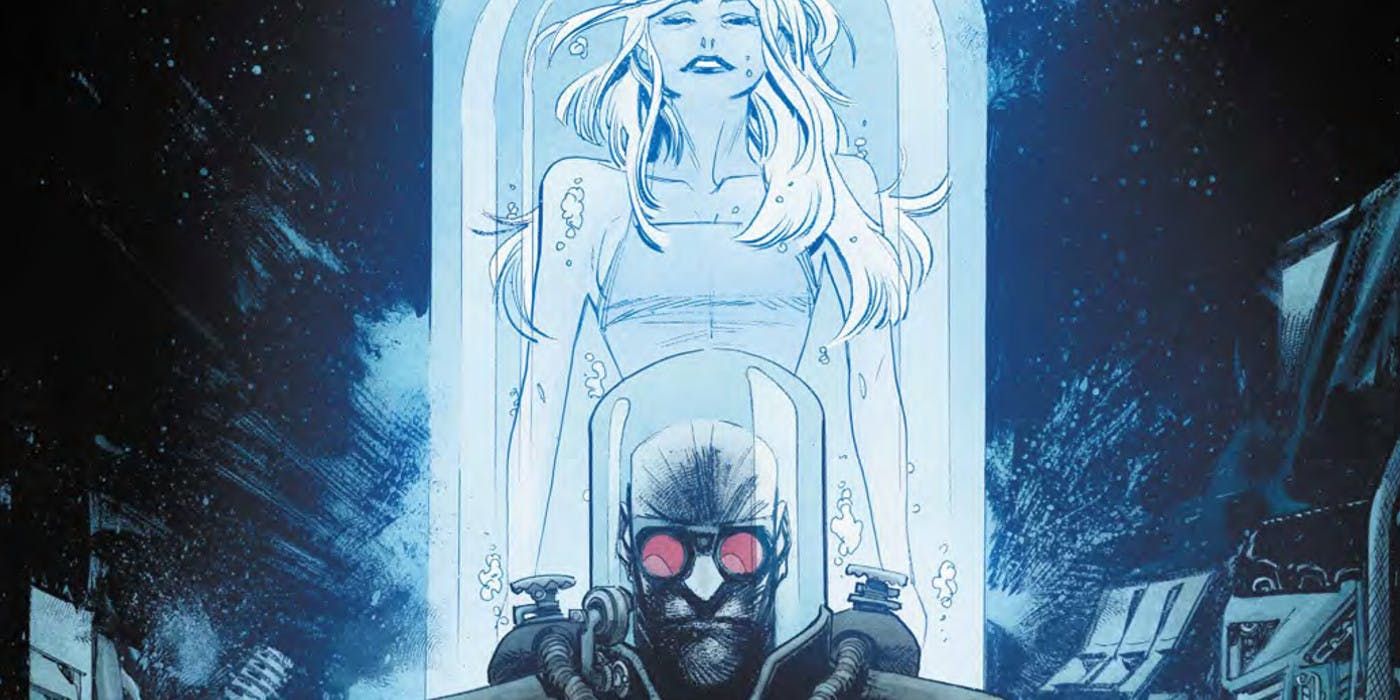Among the many other things it did, Batman: The Animated Series provided fans with the definitive interpretation of Mister Freeze. Before then, Freeze was just a generic ice-themed adversary for Batman. However, that changed after Bruce Timm and Paul Dini's reinterpretation of the villain in the Emmy-winning episode, "Heart of Ice," which turned Freeze into one of Batman's most iconic adversaries by giving him a tragic backstory that revolved around reviving his wife Nora.
While that may have revitalized the character, Freeze's revised origin comes baked in with one hugely problematic element. Mr. Freeze's entire character comes at the expense of his wife, Nora. Nora is not a character in Mister Freeze's origin story. She has no initiative, no function, no desire. If you were to replace Nora with a potted plant, the story would not change in any fashion. In Mister Freeze's story, Nora isn't a character; she's an object.
Many people are familiar with the Bechdel Test. The test, which was first proposed in a 1985 comic by Alison Bechdel, draws attention to how little value women have in movies. The test asks this: do two women talk in a movie about any topic other than a male character? This test is a basic test meant to examine trends in cinema, but, as many pointed out, many stories feature great female characters that maybe never end up talking to one another. The test isn't perfect.
This is in part why the "Sexy Lamp Test" was conceived. Proposed by comic writer Kelly Sue DeConnick at an Emerald City Comic-Con panel, the Sexy Lamp Test is simple: can you replace your female characters with a sexy lamp and lose nothing of value in the story? An example of this would be a damsel in distress. Would the story change if, instead of the hero's girlfriend, the villain kidnapped the hero's sexy lamp? The hero would still chase after the villain for it. The damsel wouldn't do anything in the plot. Likewise, neither would a sexy lamp. In the end, the hero would be "rewarded" with his girlfriend/lamp, to the same result. The lamp undergoes no arc, makes no meaningful decisions and exists only to be owned by another character.
Likewise, Nora Fries has no will of her own in her early appearances. For the majority of her story, she's sick and put into an artificial comatose state. Freeze spends his time trying to fix Nora. If you replaced his wife with a lamp he really liked, nothing of value would be lost. Freeze's origin presents Nora as just an object for him to work on. Nora doesn't have a single spoken line in the series. This is even more explicit in the film Batman & Robin, where Nora is literally unplugged like a lamp so she doesn't outshine Poison Ivy in Freeze's life.
Nora Freeze is turned into even more of a sexy lamp in DC's New 52 era, where Nora is actually put into cryogenic freezing before Mister Freeze is even born. Freeze doesn't know Nora at all. At least in the earlier stories, Freeze remembered his loving relationship with Nora and could potentially have some idea of her wishes. But here, Freeze only sees her as some beautiful decoration -- as literal a sexy lamp. There is no love between them, only Mister Freeze's desperate obsession over someone who, once again, never has any initiative in the plot.
However, this is not a radical statement to make. Many creators noticed that Nora was just an object that motivated Freeze. Even Timm and Dini saw this issue and made corrections later on in Batman: The Animated Series. When Nora is finally cured of her ailments, she chooses to leave Freeze behind. She believes Freeze to be dead and chooses to love another man. While She is no longer a Sexy Lamp because she is able to make choices that impact the story around her. That also said, Nora still doesn't have a single line.
The comics, however, tried to remedy Nora's lack of character entirely. While she's still an object in Freeze's origin story, she becomes a villain in her own right after being resurrected in the Lazarus Pit. As the villain Lazara, she was able to conjure flames and reanimate the dead around her, having absorbed the Lazarus Pit's energies. She becomes in her own right a distinct, fascinating character independent of her connection to Freeze. However, she is then shortly put on ice by Freeze. And then, in the DC Rebirth, Nora is yet again restored from her illness thanks to Lex Luthor and Freeze's collaborative work, becoming Mrs. Freeze, a distaff counterpart to her husband in Peter Tomasi and Doug Mahnke's Detective Comics #1014.
Most noteworthy is Batman: Arkham Knight, which features Nora wake up and actually argues that she doesn't want Freeze to help her at the cost of his humanity and her life. This poignant moment forces Freeze to re-examine his actions up until this point in a frankly tragic moment, with Nora wanting to spend her last few days with her beloved husband, even if it is short.
As it stands, what the future holds for Mrs. Freeze is anyone's guess. But even if her Mrs/ Freeze persona doesn't last, Nora needs a strong writer behind her to help her become her own woman with her own plot, so she's not just a part of her husband's story.



